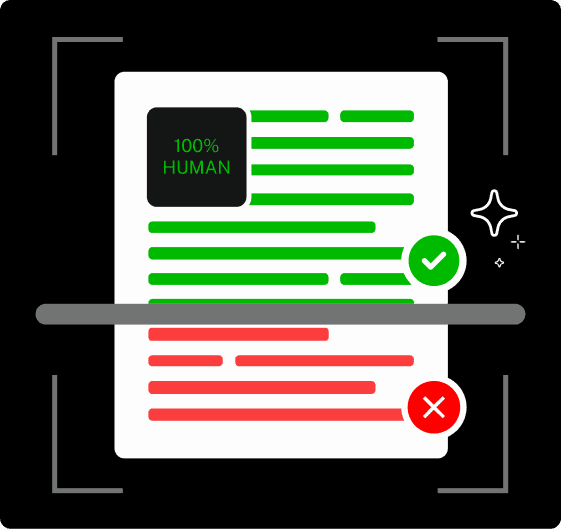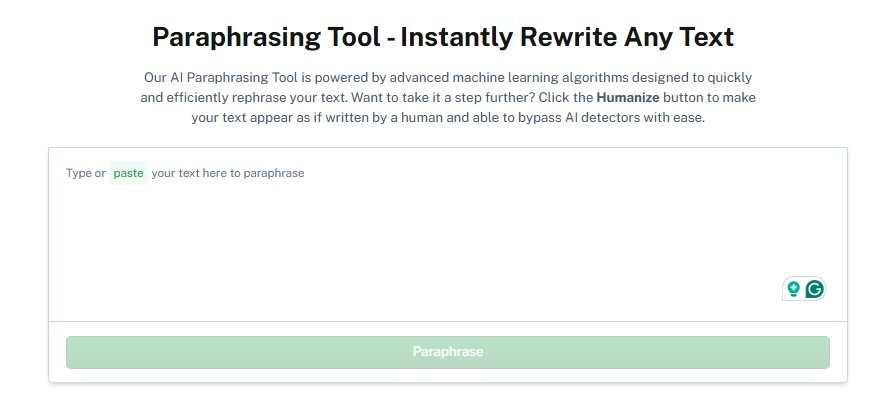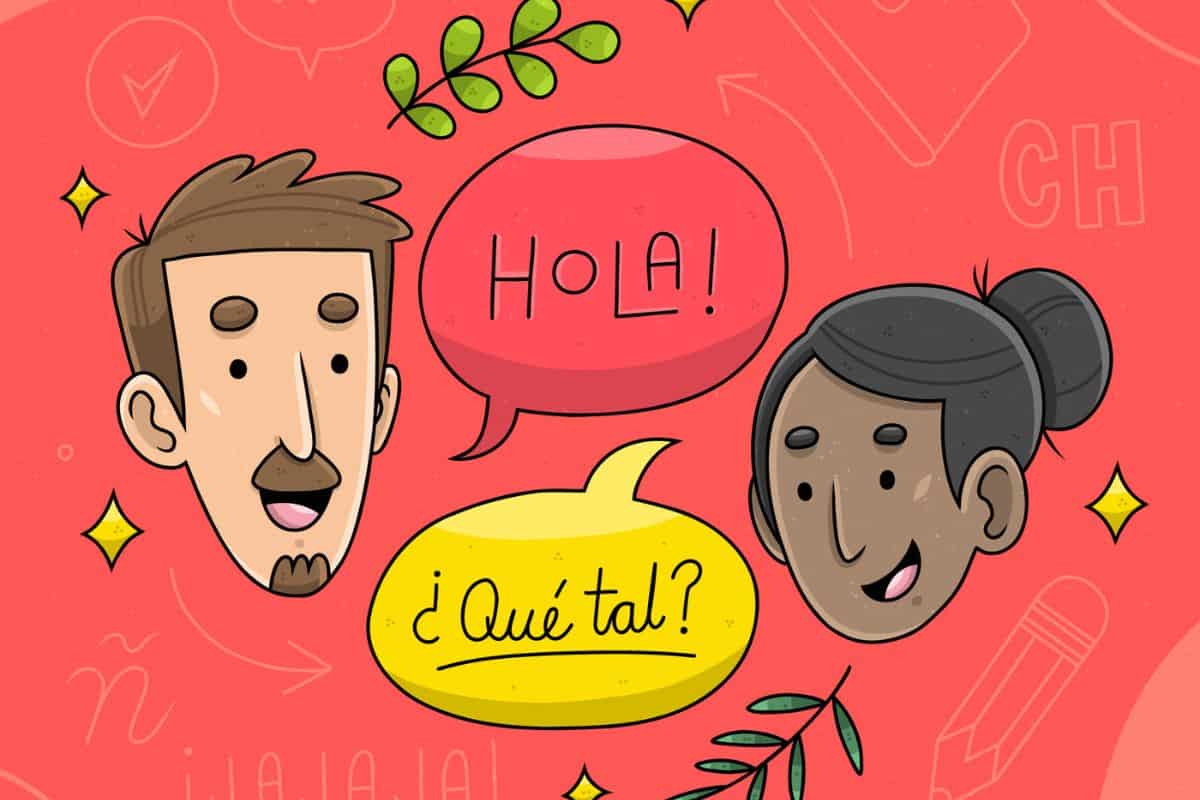You wouldn’t start an email to your boss with “What’s up, man?” instead of “How are you?” but you would throw that line at your best friend without thinking twice.
The meaning of both phrases in English is the same, but the tone and context are completely different.
Spanish works the same way, maybe even more so.
You’ll need different ways to say the same thing depending on whether you’re chatting with a friend, greeting your manager on a video call, or texting a new friend from Spain.
So, if you want to sound natural and culturally aware, this article lists down 7 ways how to say How are you in Spanish with info on when, where, and with whom to use each one.
Why Learn “How Are You” in Spanish?

In English, we start nearly every conversation the same way:
“Hey, how are you?”
“I’m good, how about you?”
It’s the one phrase that applies to literally every setting: a quick exchange with a barista, a job interview, a text to your in-laws, a call with a client, a DM to your friend.


Never Worry About AI Detecting Your Texts Again. Undetectable AI Can Help You:
- Make your AI assisted writing appear human-like.
- Bypass all major AI detection tools with just one click.
- Use AI safely and confidently in school and work.
Spanish is no different, in fact, in many Spanish-speaking cultures, greetings and small talk are even more important than in English.
You greet, ask how the other person is, and build a moment of human connection before going about your day.
Now I understand that learning a new language is a curve, it’s not linear, and not every phrase will come to you easily.
You can absolutely lean on AI tools to translate long, complicated sentences or write something formal.
By all means, use Undetectable AI Translator for everything else, your follow-up responses, travel questions, business intros, full email rewrites, etc.
But when you’re face-to-face with a Spanish speaker, your best bet is to lead with that moment of connection with “How are you?” in Spanish.
The Most Common Way: ¿Cómo estás?
The most popular way to ask how are you doing in Spanish is the phrase, ¿Cómo estás? It’s pronounced roughly like: KOH-moh es-TAHS.
- Cómo means how
- Estás is the you form of the verb estar (to be)
Together, ¿Cómo estás? literally means “How are you?,” but it’s universally thought to be casual and friendly (similar to how we say, “Hey, what’s up?” in English).
So, people use it when they’re greeting a friend at lunch or have just met someone their age at a party, for example.
Formal Version: ¿Cómo está usted?
Spanish is a language where relationships and tone matter a lot.
If you use ¿Cómo estás? with someone you don’t know well or in a formal context (like emailing a client or speaking to your professor), it will come off as too relaxed, or even disrespectful, depending on the setting.
That brings us to the formal way to ask How are you in Spanish.
When you’re speaking to someone older than you or someone in a position of authority, you would use ¿Cómo está usted? instead.
It’s pronounced as KOH-moh es-TAH oos-TEHD.
And I get it, learning a language is frustrating on its own, and when you add to it the complexities of tone and style, things go so much worse.

Luckily, you will find Undetectable Paraphraser to your rescue everytime you’re confused if your choice of words in Spanish is formal enough according to the situation you’re in.
Other Ways to Ask How Someone Is

The two versions we discussed earlier are the most basic ways to ask someone about their day.
Now, how do you say how are you in Spanish if you want to blend in like a local?
Here are some ways to do so:
- ¿Qué tal?
¿Qué tal? is the ultimate cool and casual check-in used in everyday language. It literally means What’s up? or How’s it going? but it’s not a word-for-word translation, it’s more like a quick greeting.
Spanish natives use it in texts or throw it casually when passing by someone in the hallway. It works in almost any informal context.
Besides, you can tag on a noun afterward ¿Qué tal? and it will form another question, i.e., ¿Qué tal el trabajo? (How’s work?), ¿Qué tal tu hermano? (How’s your brother?)
- ¿Cómo te va?
Now, this Spanish version to ask someone how they’re doing is essentially used when you haven’t talked in a while and you’re catching up with them more meaningfully.
It translates to “How’s it going?” in English. The Spanish phrase adds the reflexive te va to make it personal, as in “How’s it going for you?”.
For example, “¡Hola Marta! ¿Cómo te va con el nuevo trabajo?”
(“Hi Marta! How’s it going with the new job?”)
- ¿Cómo andas?
¿Cómo andas? comes from the verb andar, which means “to walk,” although it does not mean that you’re literally asking how someone is walking.
Instead, it’s a colloquial Spanish equivalent of “how’re you doing?”
Note that you’d never say ¿Cómo andas? to your boss or in a job interview, but it works great in everyday conversations with friends and siblings.
If you’re traveling in Latin America, using this phrase will blend you in with locals and show that you’re not just sticking to textbook Spanish.
- ¿Todo bien?
(Pronounced: TOH-doh BYEN)
Now this is less of a full “How are you?,” it’s rather a laid-back, one-breath check-in, as in “you good?” or “everything okay?”
¿Todo bien? doubles as both a greeting and a follow-up when someone seems off. You’ll hear at the start of casual convos and in quick text exchanges.
It is very commonly used in Spain and much of Latin America.
- ¿Cómo te sientes?
¿Cómo te sientes? means “How do you feel?” and it’s used when you’re genuinely concerned about someone’s emotional or physical state.
You wouldn’t start every conversation with ¿Cómo te sientes?, but let’s say, if you see a colleague after they took time off due to a family emergency, you’d say, “¿Cómo te sientes?” to check in thoughtfully.
It conveys empathy and in many cases, people will open up more when you ask this.
How to Respond to “How Are You?”
Perhaps the most common way to answer, “How are you?” is, “I’m good.” The Spanish word, Bien is the perfectly fine response for that.
However, if you want to sound more natural or just don’t want to freeze up and say “Bien” with a nervous smile every single time, here are some ways you can respond to “How are you?” in Spanish.
- Bien – Good
- Muy bien – Very good
- Todo bien – All good
- Genial / Estupendo / Excelente – Great / Wonderful / Excellent
- Más o menos – So-so
- Ahí vamos – Hanging in there
- No muy bien – Not very well
You’d also naturally want to add a polite follow-up to keep the conversation going, and Spanish bas both formal and informal versions for that:
- ¿Y tú? – And you? (informal)
- ¿Y usted? – And you? (formal)
Regional Variations and Slang
Spanish is spoken in over 20 countries, and each region adds its own variation to the language.
Depending on where you are, people use totally different expressions to answer “How are you?”
Here are some you’ll definitely hear in specific countries.
- Mexico:
- Chido / Todo chido → “Cool / All good.”
- Ahí voy. → “I’m hanging in there.”
- Spain:
- Tirando. → “Getting by”
- Bien, bien, no me quejo. → “Good, good, can’t complain.”
- Argentina:
- Todo bien, che. → “All good, man.” (Che is a signature Argentine interjection.)
- Más o menos, viste. → “So-so, you know?”
- Colombia:
- Todo en orden. → “Everything’s in order.”
- Ahí, en la lucha. → “Still fighting.”
- Puerto Rico:
- Tranquilo/a. → “Chill / Relaxed.”
- En las mismas. → “Same as always.”
How to Practice Saying It Naturally
Learning how to say and respond to “How are you?” in Spanish is one thing.
Saying it comfortably, without hesitating in public, is another.
You must let go of the idea that flashcards and grammar charts alone will get you there. They won’t.
What will get you there is situational repetition, i.e., short, real-world-style dialogues to internalize both the phrasing and the emotional tone.
A great method to improve your flow while speaking is to record yourself. Yes, it’s awkward at first.
But hearing yourself speak and really listening to your tone and pronunciation will give you instant insight into what you need to improve.
If you want to sound natural, you have to hear what natural sounds like. Watch Spanish-language YouTubers like Butterfly Spanish or just binge-watch a Netflix show in Spanish with subtitles.
Pay close attention to how they say everyday words with the rhythm and body language that goes with it.
Micro-practice with native speakers is probably the best way to improve your speaking. Join a local language exchange or use Tandem or HelloTalk apps for real interaction.
A two-minute voice chat with a native speaker will do more for your fluency than hours of passive learning.
See our AI Detector and Humanizer in action—just use the widget below!
Using AI to Learn Spanish Faster

If you don’t always have a human practice partner (or if the idea of talking to strangers gives you anxiety), you can use AI tools like ChatGPT as your interactive, real-time conversation partner.
You can ask it to role-play conversations, e.g., “pretend you’re a receptionist in Spain greeting me at a hotel,” or practice both sides of a dialogue.
Plus, with AI, you get to test out phrases with regional differences, too. Ask questions to practice your formality and cultural nuances, i.e., how Argentinians respond differently from Mexicans.
And because you’re not waiting for a weekly class or a native partner to hop online, your consistency increases, which, let’s be honest, is 80% of fluency.
Conclusion: Start Every Conversation Right
You see, context changes everything in Spanish. What works with a close friend won’t fly with a stranger or someone in a formal setting.
And using the different ways to say How are you in Spanish naturally takes practice. A lot of it.
And when you want to actively practice, use Undetectable AI Chat as your personal language partner.
Ask it back-and-forth questions to get Spanish learning right and get real-time feedback on your progress while you’re at it.
The best part about it is that you don’t have to wait for a tutor or feel awkward practicing solo.
Try Undetectable AI today.
